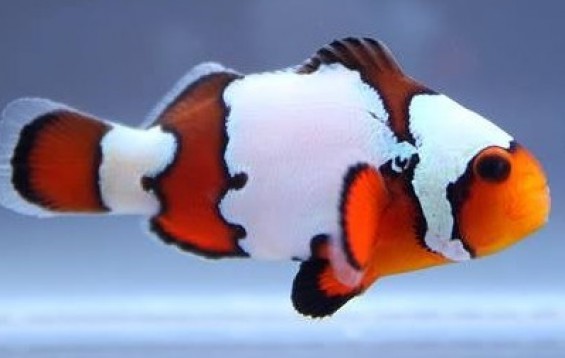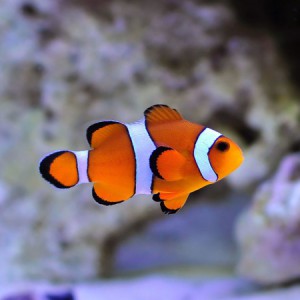What Does Clownfish Sounds Like?
- Feb 21, 2022
- Anshika Mishra
- 895 0 0

Coral reefs are noisy places, but maybe not for why you are thinking. Sure, sound carries incredibly far inside the ocean, and ships contribute to noise pollution, but fish make a lot of noise themselves.
You are probably aware of the noises whales make, but even the common clownfish in many of your reef tanks makes noise.
As of about 2012, we know about over 100 fish families that include species known to make sounds. Most of these sounds are used in conjunction with specific behaviors, things like defending their territories, attacking prey, or being attacked.
Fishes are perhaps, unsurprisingly, not masters of acoustic performance. Their frequency range is quite limited, and their overall sounds tend to be more like grunts, pops, or chirps. Most species only use one or two types of sound. They are usually built into a little train of grunts.
Damselfish are one of the best-studied groups of sound-producing fish. Clownfish are not normally found on their own, and they live in small groups led by a dominant female.
That female will also be the largest fish, and they will spend a lot of time keeping the rest of the fish in their group's hierarchy. The dominant female tends to be around 1.29 times the size of the next subordinate fish.
What Does Clownfish Sound Like?
Well, they tend to break down into at least two major types of sounds:
- Agressive sounds
- Submissive sounds
Agressive sound is always a single pulse unit, but this pulse could be emitted in a series of pulses. Submissive sound is usually combined with the fish shaking its head back and forth.

Submissive sounds are always comprised of several pulses, and they tend to be quicker in succession and with a shorter overall duration. By making these sounds, the fish can better establish their place in the group's hierarchy without resorting to more physically harmful interactions.
They can tell the other fish their intentions, limiting group in-fighting.
How Clownfishes Make this Sound?
They do make these sounds some of the time by snapping their teeth together. Clownfishes have pretty crazy teeth, but they are just small. Different fish species make different sounds.
Though this is the case for aggressive sounds, we are not sure if this is the sound made during the more submissive behaviors.
Smaller Clownfish produce a higher frequency sound and have a shorter pulse duration than larger animals. But, the overall sound is consistent with that species.

We can also determine what sound frequency each species is best at detecting. We can do it by looking at the fish's brain activity while playing different sound frequencies. For example, we know that Clownfish Amphirions are best able to detect sounds below about 200 hertz.
Interestingly, the sound that fish most often produce does not correlate exactly with the sounds they can best hear.
A large Ocellaris Clownfish most often produces around 627Hz. While a small Ocellaris Clownfish makes the sound much higher at 898Hz.
This same sort of frequency and size correlation holds for other species too. For example, the smaller Clownfish produces sound at a higher frequency than a larger fish.
We have also looked to see if there are sounds particular to breeding in Clownfish, but there doesn't seem to be any.
Why Do They Produce Sound?
Sounds in Clownfish are mostly used for social hierarchies and interactions like that. However, at least one research paper found sound specific to breeding behaviors.
Overall, Clownfish can detect sounds from about 75Hz at the low end to around 1,800 Hz at the high end. But they seem to be most sensitive to hearing sounds in the lower ranges of that.






About author